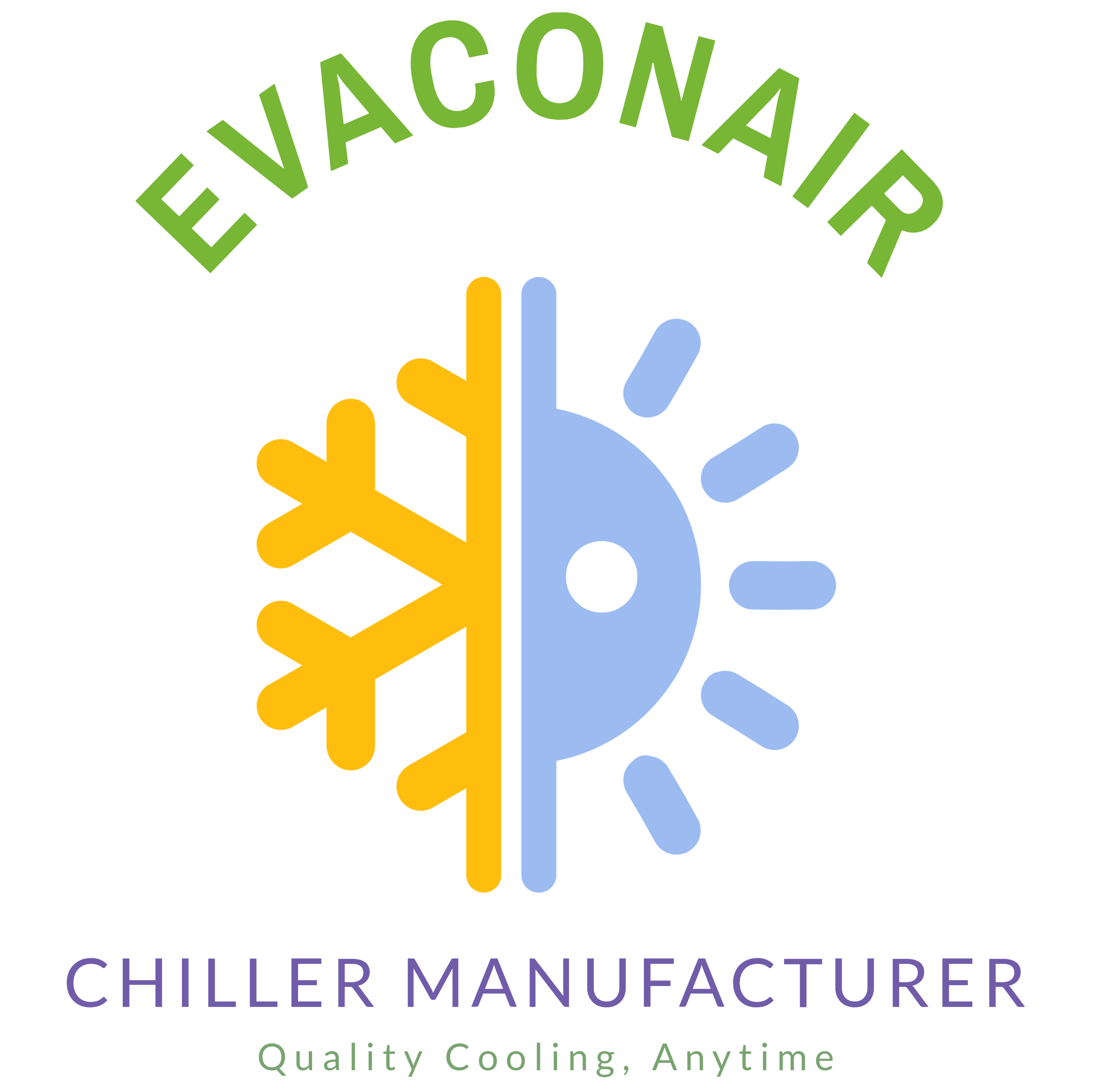Blog
Testing a chiller is essential to ensure it operates efficiently and effectively. Regular testing helps identify potential issues before they lead to major problems. Here’s a step-by-step guide on how to test a chiller:
Steps for Testing a Chiller
1. Check the Power Supply
- Power Supply: Ensure that the chiller is properly connected to the power supply and that all electrical connections are secure. Discover more about power supply checks.
- Electrical Inspection: Regularly inspect the electrical components for any signs of wear or damage. Explore more about electrical inspections.
2. Verify Refrigerant Levels
- Refrigerant Levels: Check the refrigerant levels to ensure they are within the recommended range. Low or high levels can affect performance. Learn more about refrigerant level checks.
- Leak Detection: Inspect for any refrigerant leaks that could impact system efficiency. Discover more about leak detection.
3. Inspect the Condenser and Evaporator Coils
- Coil Inspection: Examine the condenser and evaporator coils for dirt, debris, or any signs of damage. Proper cleaning and maintenance are crucial. Learn more about coil inspection.
- Performance Check: Ensure that the coils are functioning efficiently and effectively. Explore more about coil performance.
4. Measure System Pressures
- System Pressures: Use pressure gauges to measure the pressures within the system. Compare these readings to the manufacturer’s specifications. Discover more about pressure measurement.
- Pressure Analysis: Analyze the pressure data to identify any abnormalities. Learn more about pressure analysis.
5. Test Temperature Differential
- Temperature Differential: Measure the temperature difference between the inlet and outlet of the chiller. This helps in assessing the cooling efficiency. Explore more about temperature testing.
- Efficiency Evaluation: Evaluate the efficiency based on the temperature differential readings. Discover more about efficiency evaluation.
6. Check the Operational Controls
- Operational Controls: Test the chiller’s control systems, including thermostats and sensors, to ensure they are functioning correctly. Learn more about control system testing.
- System Calibration: Regularly calibrate the control systems for accurate performance. Explore more about system calibration.
7. Perform a Functional Test
- Functional Test: Run the chiller through a complete cycle to check for any operational issues or unusual noises. Discover more about functional testing.
- Operational Review: Review the chiller’s performance and ensure it meets all operational standards. Learn more about performance review.
Professional Testing Services
For accurate and comprehensive chiller testing, contact EVACONAIR. Our experts provide detailed testing and analysis to ensure your chiller operates at peak performance.
Related posts
October 1, 2024
What is the Capacity of a 2 Ton Chiller?
A 2-ton chiller refers to a chiller system with the ability to remove 24,000 BTU/hr of heat. The term [...]
Read moreOctober 1, 2024
What is the Unit of Chiller Capacity?
The unit of chiller capacity is typically measured in tons of refrigeration (TR) or kilowatts (kW). [...]
Read moreOctober 1, 2024
What is Chiller Range?
The chiller range refers to the temperature range and cooling capacity that a chiller can handle. The [...]
Read moreOctober 1, 2024
How to Calculate Chiller Size?
Calculating the correct chiller size is crucial to ensuring efficient cooling for your specific [...]
Read more